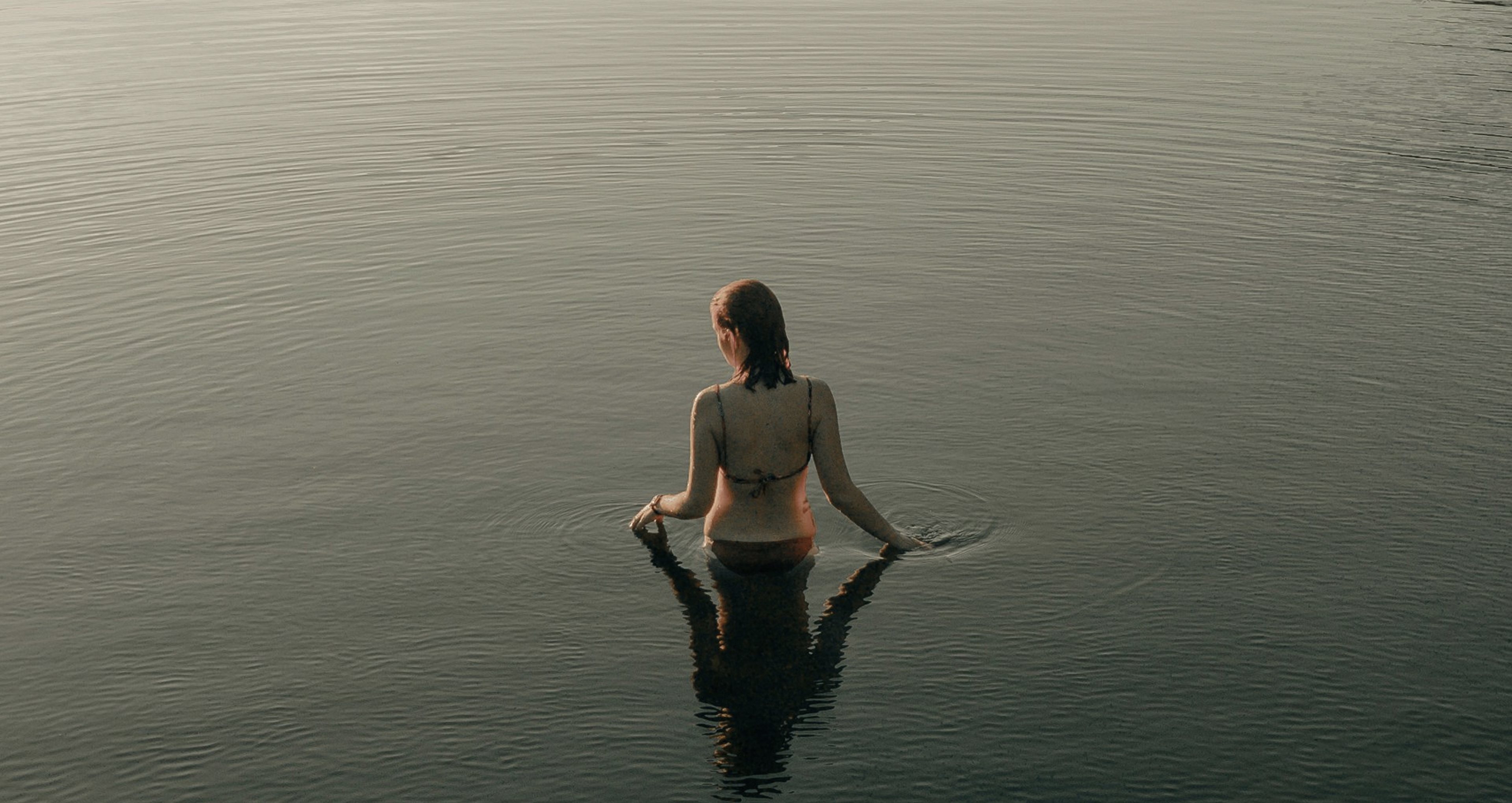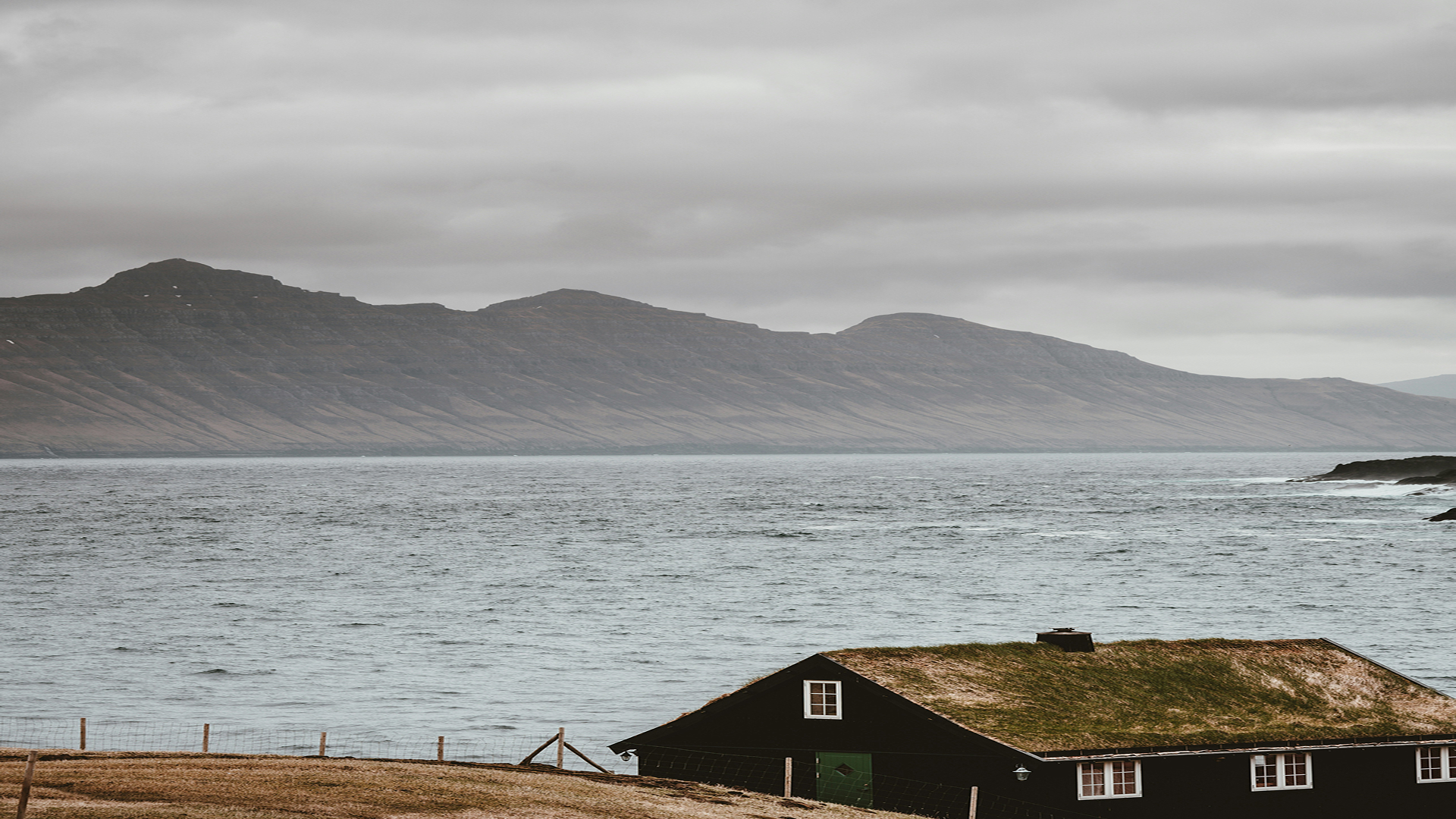Blog
The science of hot and cold therapy: benefits for mind and body

Alternating hot and cold baths isn't new.
It’s a practice rooted in tradition and backed by science, bridging ancient wellness rituals with modern performance and recovery.
Understanding contrast bathing
Contrast bathing works by inviting the body into a state of dynamic adjustment where temperature becomes the language through which balance is restored. Alternating between hot and cold doesn’t just affect the surface but signals deep physiological shifts that influence circulation, energy regulation, stress response and immune tone. Each transition from one temperature to the other reminds the body how to move from activation to release and back again. This rhythm, when practiced intentionally, becomes a full-body dialogue that supports recovery while grounding awareness. Contrast bathing is not passive, it is an active reset that calls the body to respond with precision.
How the body reacts to heat
When the body is immersed in warm water, the blood vessels expand and allow for increased oxygenation and circulation throughout the muscular and joint systems. This dilation not only brings nourishment to the tissues but also signals safety to the nervous system, enabling a gentle return to rest and ease. Warmth encourages the body to loosen its grip, to release the tension gathered from daily effort, and to soften into receptivity. As a preparatory phase, it’s ideal for unwinding at the end of the day or priming the body before movement. Heat marks the beginning of the body’s exhale.
The role of cold exposure
Cold immersion invites the opposite response, narrowing the blood vessels and pulling circulation inward to protect the core and reawaken inner alertness. The shock gives way to focus. Inflammation decreases. Energy returns with clarity. This contraction is not a withdrawal but a sharpening of presence. Cold therapy activates the parasympathetic nervous system in a way that resets both body and mind without stimulation or stress. It encourages stillness through intensity and brings awareness into the breath and skin. Used regularly, it becomes a way to train the body to meet discomfort with calm and return to baseline more easily.

Proven benefits of thermal alternation
Thermal alternation is not about extremes. It’s about training flexibility : physical, vascular, emotional, through measured response. When practiced rhythmically, contrast bathing teaches the body to expand and contract with more grace and less resistance. This process improves recovery, enhances sleep, supports detoxification and helps regulate stress hormones. Over time, the nervous system begins to adapt more quickly to shifts in temperature and pressure, creating a steady internal baseline even in external variability. This isn't a wellness hack but a practice rooted in biology and repetition. The more consistent the ritual, the more reliable the transformation becomes.
Supporting athletic performance and recovery
For athletes and physically active individuals, contrast bathing offers a structured way to support recovery without strain. The heat phase promotes blood flow and joint fluidity while the cold phase reduces swelling and clears waste metabolites from the tissues. Together, they help improve range of motion and reduce delayed soreness. This practice is frequently used in high-level sports for its ability to reset the body after intense exertion, but its principles apply equally to anyone with daily tension, tightness or fatigue. Recovery is no longer reactive but proactive, something woven into the rhythm of life and training alike.
Enhancing cognitive clarity and emotional balance
The effect of contrast bathing extends beyond muscle and fascia into cognition and mood regulation. The body’s response to thermal stress directly impacts the production of endorphins and neurotransmitters linked to calm, focus and emotional resilience. By activating both the sympathetic and parasympathetic systems, this practice offers a full neurological reset that reduces anxiety, improves sleep onset and boosts mental clarity. Cold brings alertness while heat creates stillness, and the alternation creates a dialogue between these states that clears residual mental noise. It becomes easier to return to center, not through effort but through a shift in internal chemistry.


Creating your own ritual
This practice doesn't require a retreat setting or a professional facility, it only asks for consistency, intention and a space that allows you to focus without interruption. A handcrafted thermal tub with adjustable temperature control and a calming environment is enough to bring the ritual home. Whether indoors or outdoors, what matters is that the space feels anchored in quiet and designed for recovery. Let the elements guide the rhythm. With repeated practice, contrast bathing becomes less about self-optimization and more about reconnection: a way to reintroduce harmony into a system that already knows the way back.
Duration and rhythm
The effectiveness of contrast bathing depends more on consistency and pacing than on duration alone. Begin with two or three minutes in warm water to allow the blood vessels to open and the system to relax, then move into a cold immersion of thirty seconds to one minute to constrict circulation and trigger hormonal reset. Repeat the cycle three to five times depending on your energy level and your goals. Avoid rushing between transitions, the change is the point. Over time, your body will begin to anticipate the sequence and respond more efficiently, creating benefits that outlast the session itself.
Enhancing the experience
The deeper the intention, the more profound the result. To support the body’s transitions between hot and cold, surround yourself with natural textures, stable design and enriched water that offers more than hydration. Our Mineral Enrichment System adds magnesium, calcium and essential trace elements to the soak, improving muscle recovery and restoring ionic balance across the skin. These invisible details make a visible difference. Paired with breath awareness and quiet surroundings, the practice becomes immersive without becoming complex. Ritual happens when every element, the tub, the water, the air, speaks the same language of presence.
Closing insight
Alternating immersion is not a trend or technique but a return to something elemental. Through heat, the body learns to soften. Through cold, it learns to respond. Together, they create a rhythm that builds not just strength or calm, but adaptability, the ability to move between states with ease. This practice becomes more than a reset. It becomes a reminder that recovery doesn’t require escape or intensity but only structure and intention. When done with care, contrast bathing teaches the body what wellness feels like in motion and how to find balance again and again through simple repetition.


